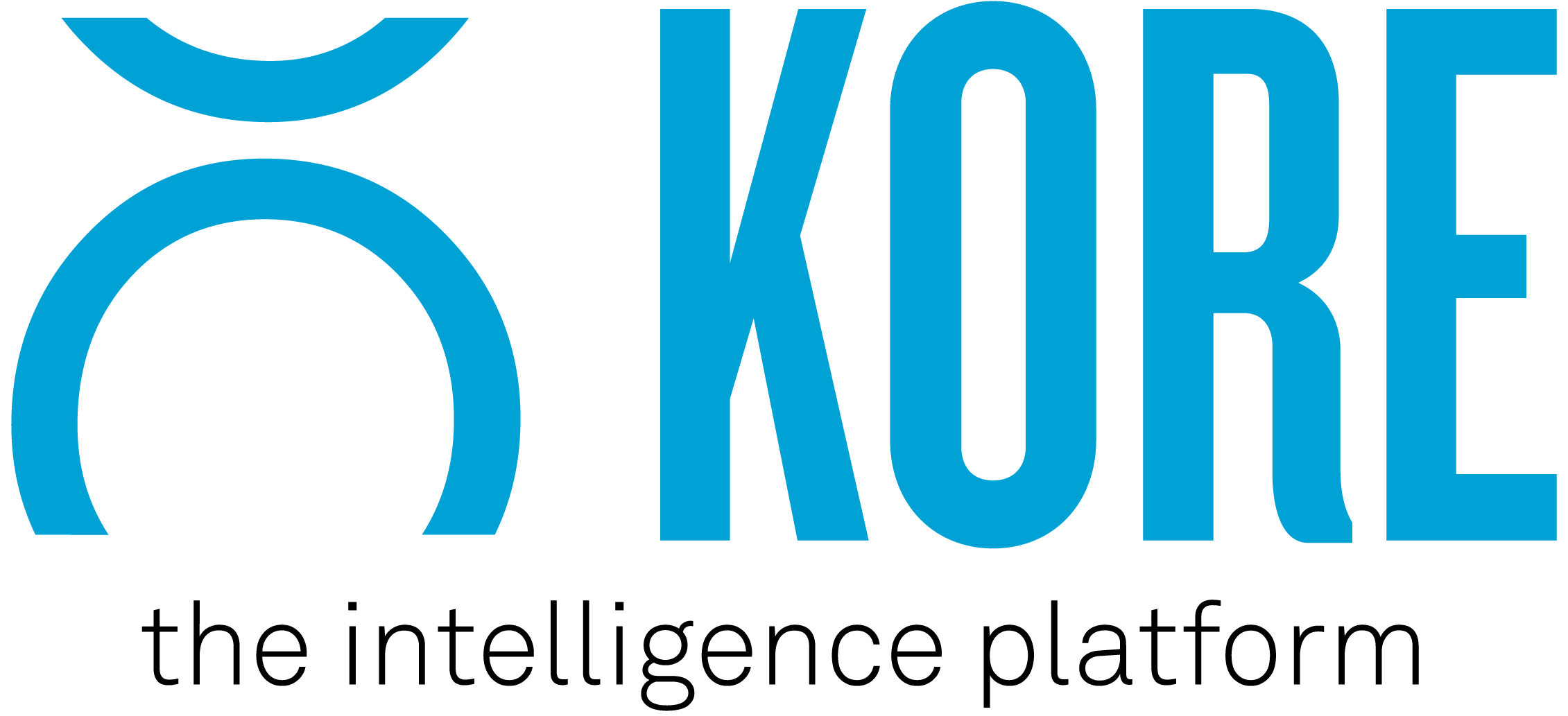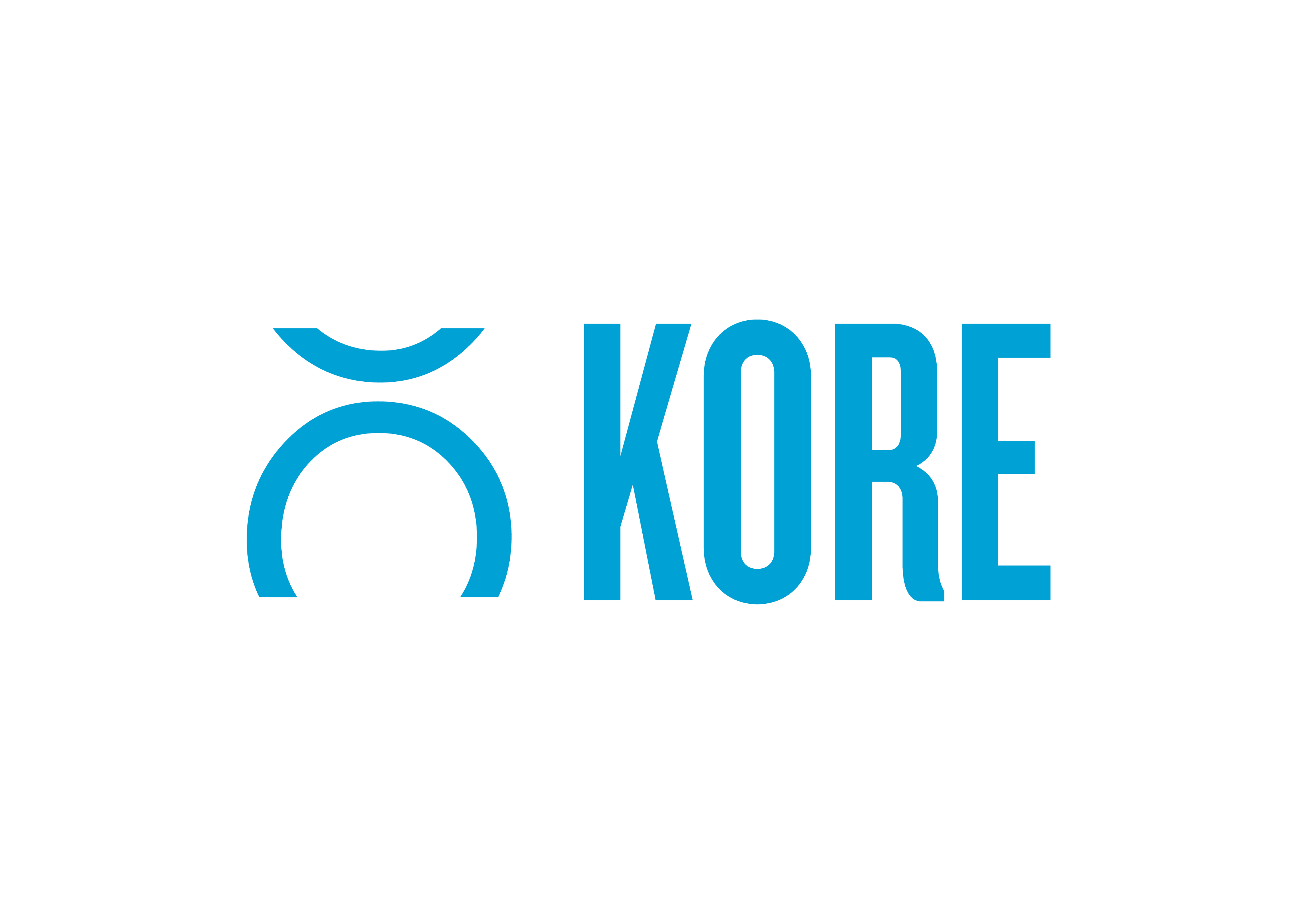“Do we need to spend over-and-above our sponsorship fee to maximise the deal’s return?”
What a question!
When signing off on a sponsorship deal, it is a genuine challenge that brands face in today’s landscape – do they put the whole war chest into the deal or keep some aside to leverage it? At KORE Software, the more we work with brands the more we keep being asked, “Where do you see the money go – In the deal or in the leverage?”
Straight away, this question should really be answered by whatever gives you the best Return on Objective (ROO). This metric allows brands to look past the traditional Return on Investment (ROI) model and instead evaluate how every asset works together. Sponsors should have clear visibility on what provides them with value and what doesn’t. As such, making the decision becomes fairly simple.
With that said, it is still currently a battle many brands go through during budgeting each year.
As rights holders work toward a revenue target, leverage spend, as a concept, is something they can easily overlook when pricing deals. It’s also something brands can easily forget to include when pitching internally for the sponsorship spend.
As our industry evolves, we are seeing more importance being placed on the leverage including how it is calculated, allocated, and eventually spent.
Our industry is full of opinions, however, the fact is, every brand will be different. Some may spend 1:1 on sponsorship leverage, some will not spend over-and-above the deal cost at all.
Here’s my take on where the money should go in terms of in the deal or in the leverage.
In the deal
There is a genuine argument that if a brand has negotiated and structured their sponsorship deal effectively, they shouldn’t need to spend over-and-above.
Keeping the spend in the deal suits brands who have objectives like brand awareness, brand positioning, or brand recall. These are promotional-based objectives, meaning that they are used to trigger recall or association with a property. Assets that are often used for these objectives include things like naming rights, signage, and digital advertising.
Keeping the spend in the deal also works for brands who want to utilise their contracted assets rather than buying new ones across other advertising and media platforms.
An example in this scenario would be if a brand has a new product launching soon. In that case, they should be looking at all their unused sponsorship assets to see if they can promote the launch through those channels rather than paying for anything additional across other channels.
This is where we are beginning to see a lot more of the phrase ‘Asset Utilisation’ simply because brands get to the end of the term and realise there are a stack of unused assets.
In the leverage
On the contrary to the above, brands who place more spend in the leverage are typically looking at engagement-based objectives. These include community engagement, networking, and generating sales. You’ll notice these also often come from assets like the use of IP, activations, and money can’t buy experiences.
It’s important to remember that a rights holder is not solely responsible for delivering the outcome of a contracted asset. Those that think they are, often see their sponsorship efforts fall flat and realise minimal return (this is a big contributor to non-renewals). Rights holders own the assets and provide access via the sponsorship fee and if they are good, they will have already matched the asset with a specific objective and also pushed you to document a success metric around it.
This is where spending on the leverage comes into play. And, for the record, I’m a big believer in putting money in the leverage. Typically, this spend will include things like activation costs, food & beverage costs, staffing, production, design … the list goes on.
If a brand solely relies on its sponsorship assets to fulfill its marketing objectives, it relinquishes all ability to influence outcomes in its favour. A great example of this is if a sponsor uses its marketing budget to buy signage and expects sales to increase. It just doesn’t happen because there’s no connection being made with a customer.
The best users of sponsorship utilise their contracted assets to further leverage and enhance the promotional P of their existing marketing mix because it provides the opportunity to access and engage an audience that the brand may otherwise not have been able to reach (or find it hard to reach more economically).
This is why you’ll often see branded assets or campaigns from them that mirror general advertising and branding efforts. It creates consistency and helps reinforce a message across multiple touch points.
Successful leverage spend is typically only seen when a brand nails its use of IP. One of the best examples of late, where we’ve seen a brand successfully leverage sponsorship, is KIA Motors during the Australian Open. Using IP from its Tennis Australia sponsorship deal, KIA Motors created a fantastic campaign around their Cerato model. Not only did the exercise include a TV media campaign that featured Rafael Nadal, the imagery from that was also used through print, digital, and across their activations throughout Melbourne’s Federation Square. Technically, all they had to do was pay for an IP based sponsorship with some activations and the rest was then leveraged through activities outside of the core deal. The fact that KIA combined this with efforts within the event only enhanced results.
So which way do we go?
Your overall sponsorship spend must align with what you genuinely want to achieve from the deal. You need to clearly articulate your expected Return on Objective and identify which assets are going to help achieve this.
If you have engagement-based objectives, spend on leverage. If you have promotional-based objectives, put more money in the deal.
KORE is the global leader in engagement marketing solutions, serving more than 200 professional teams and 850+ sports and entertainment properties worldwide, providing practical tools and services to harness customer data, facilitate sponsorship sales and activation, and create actionable insights.



